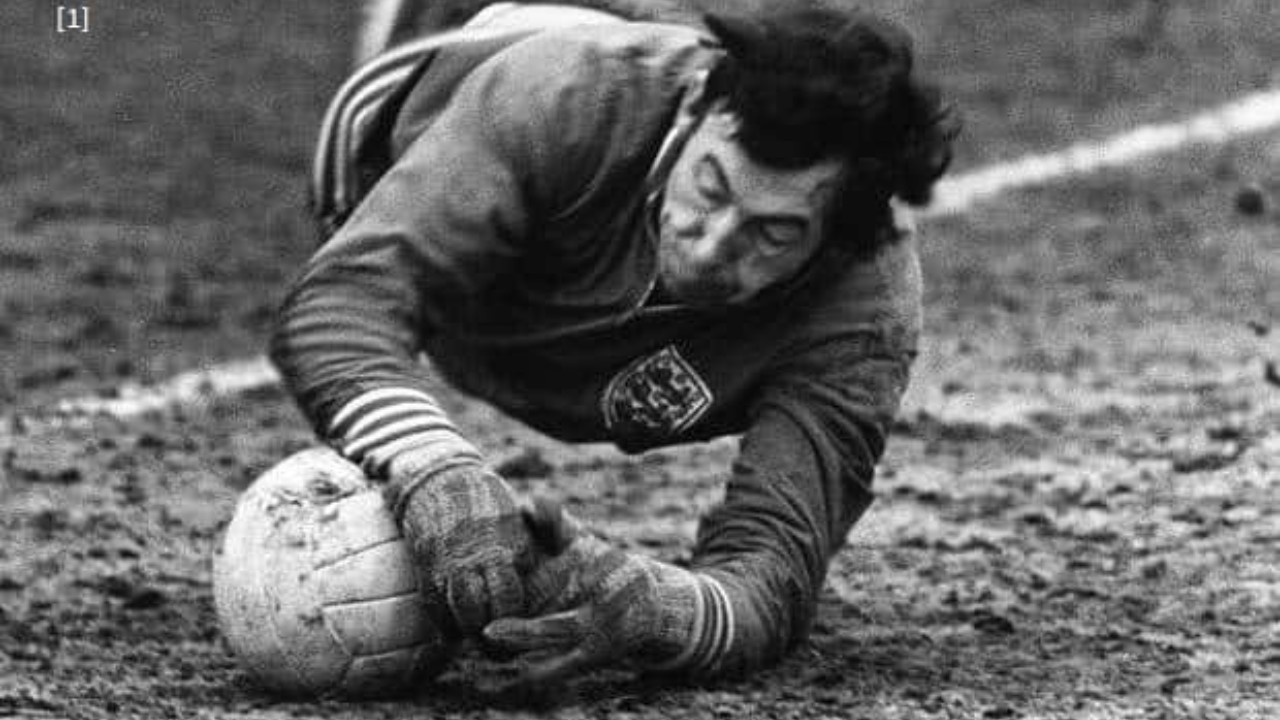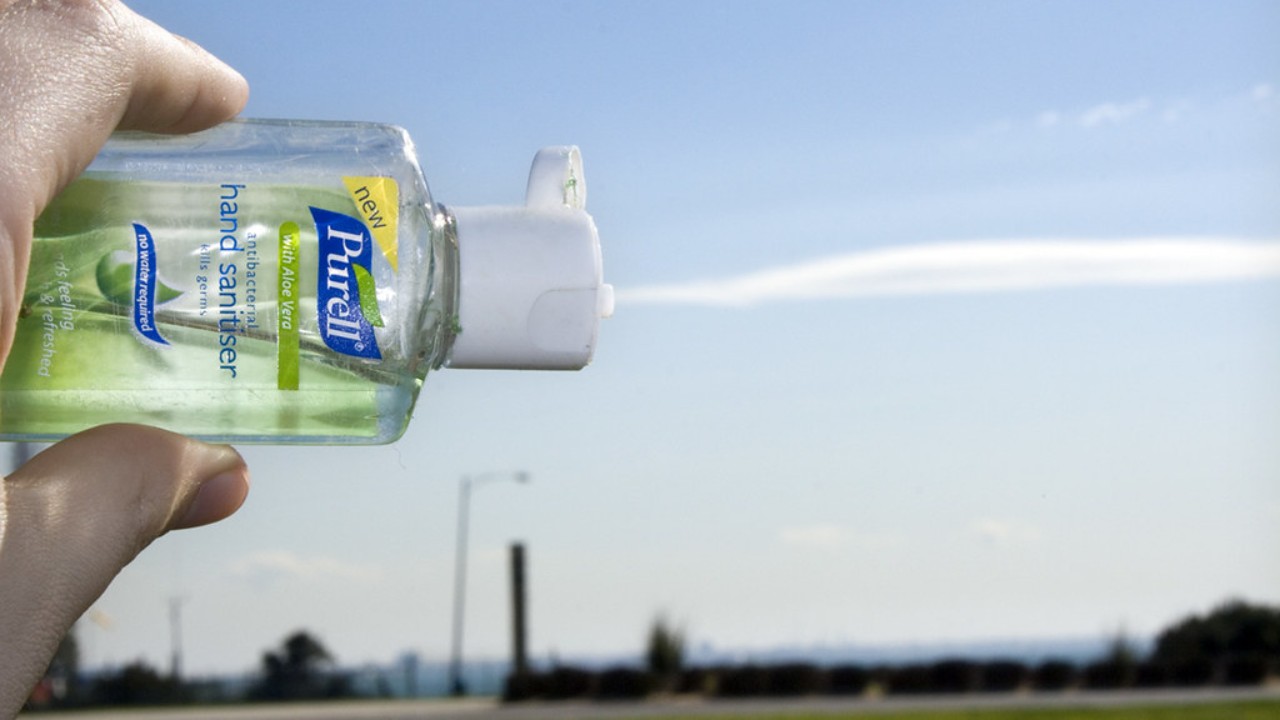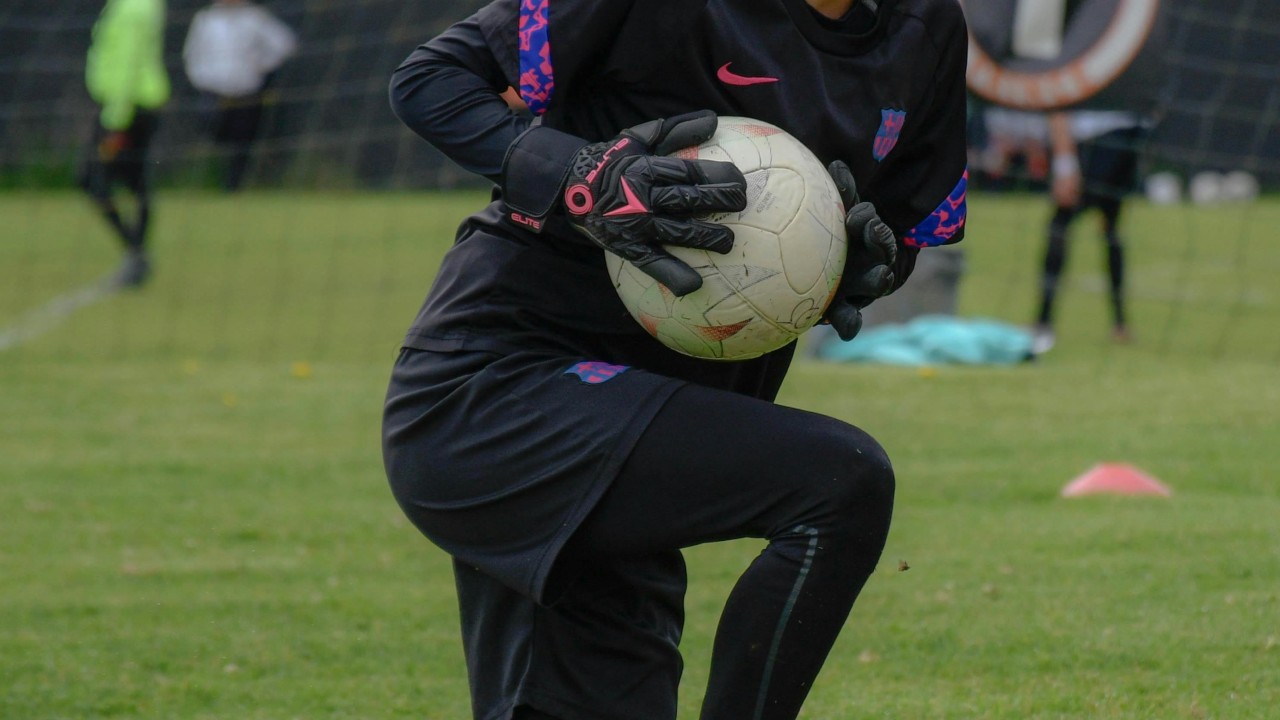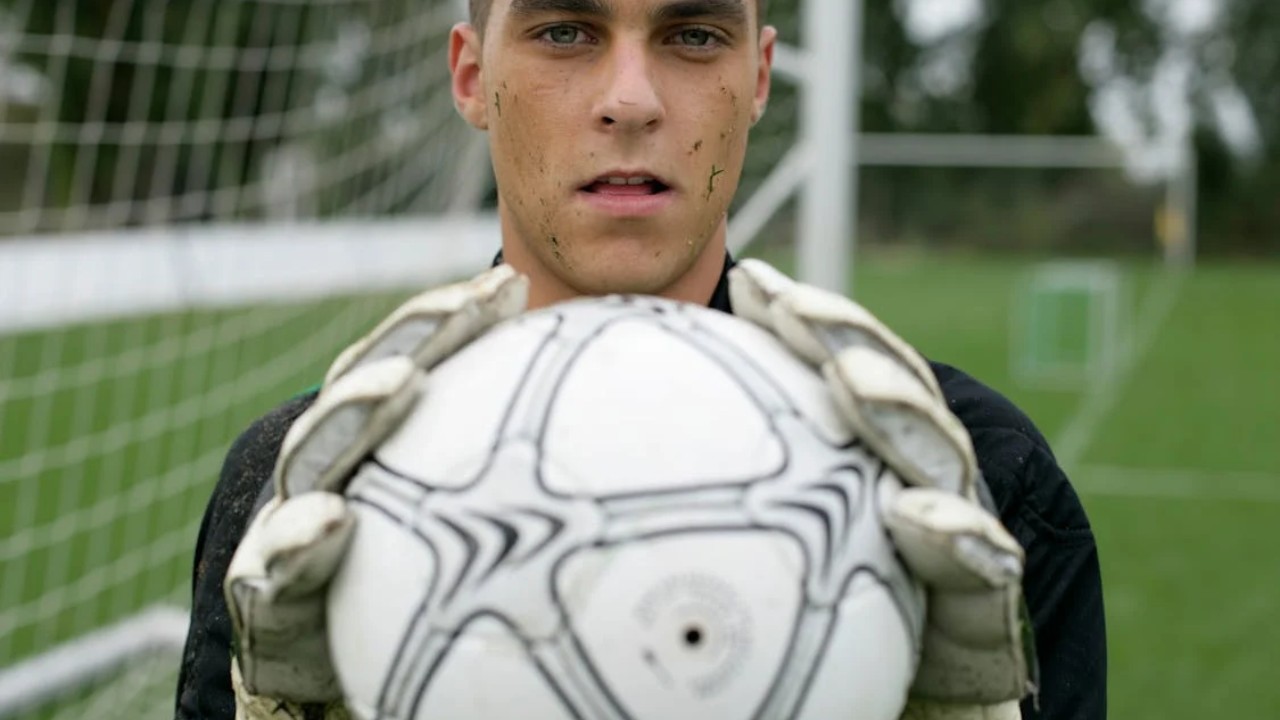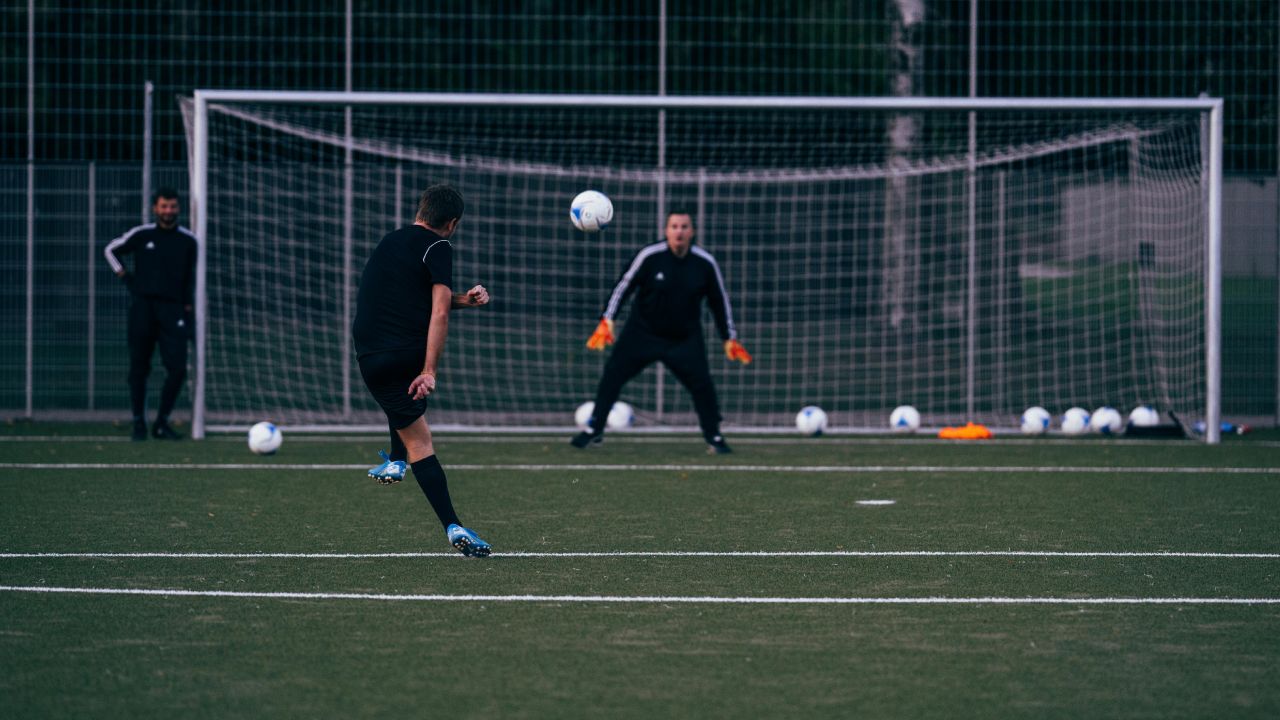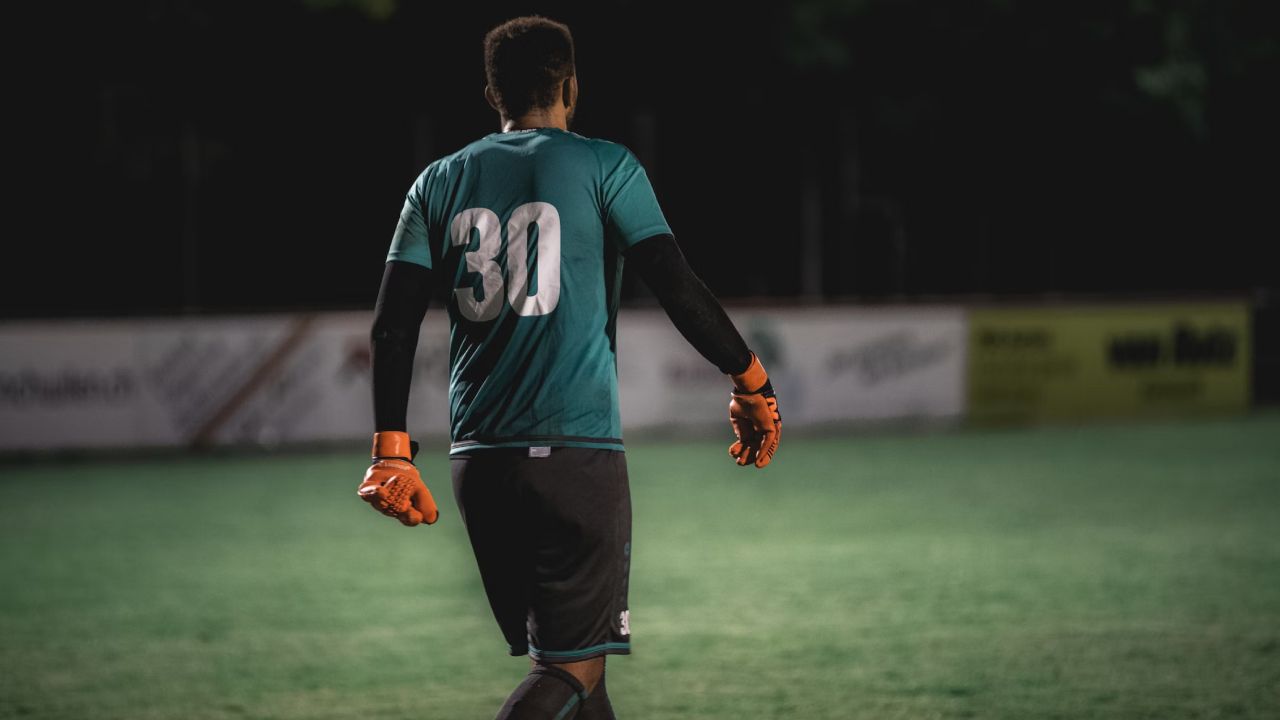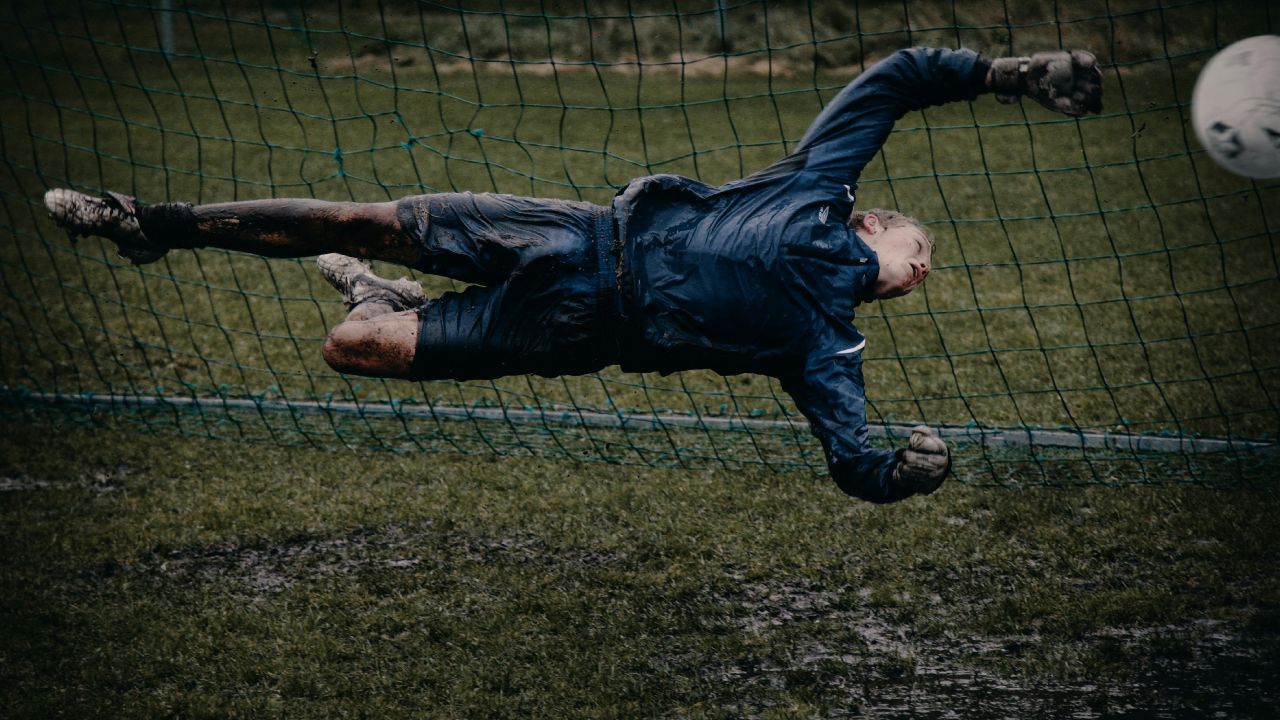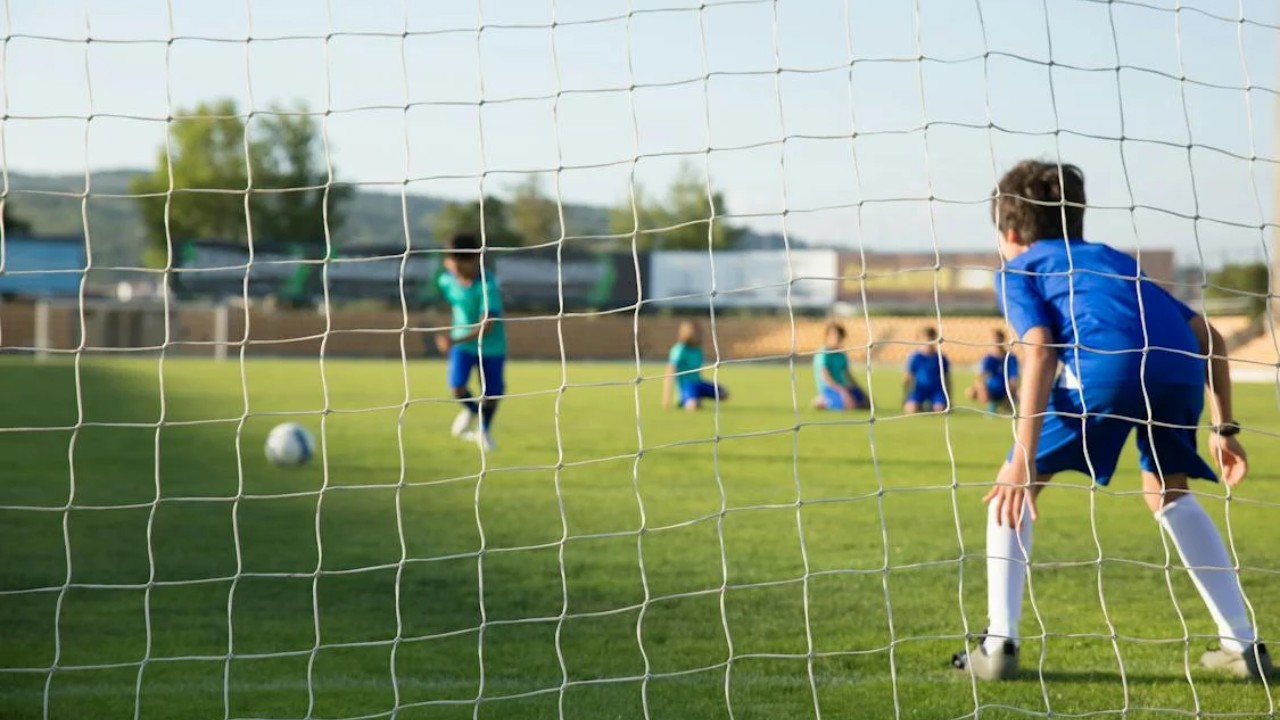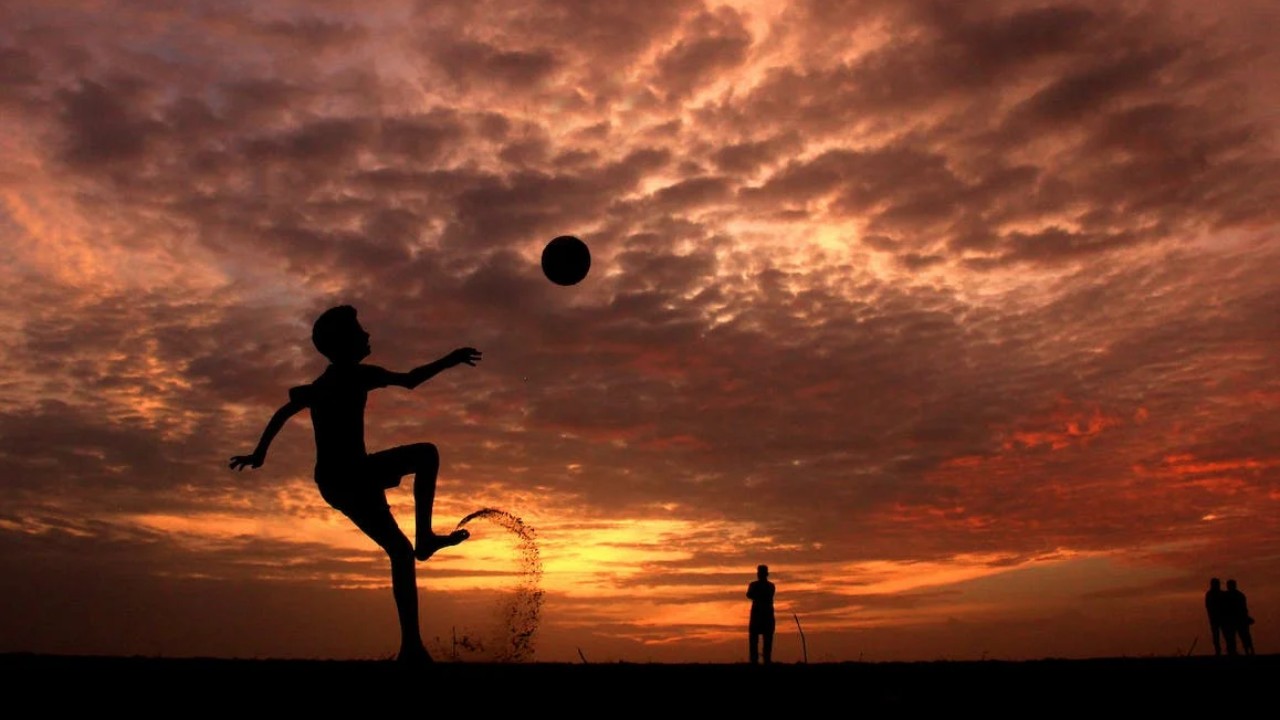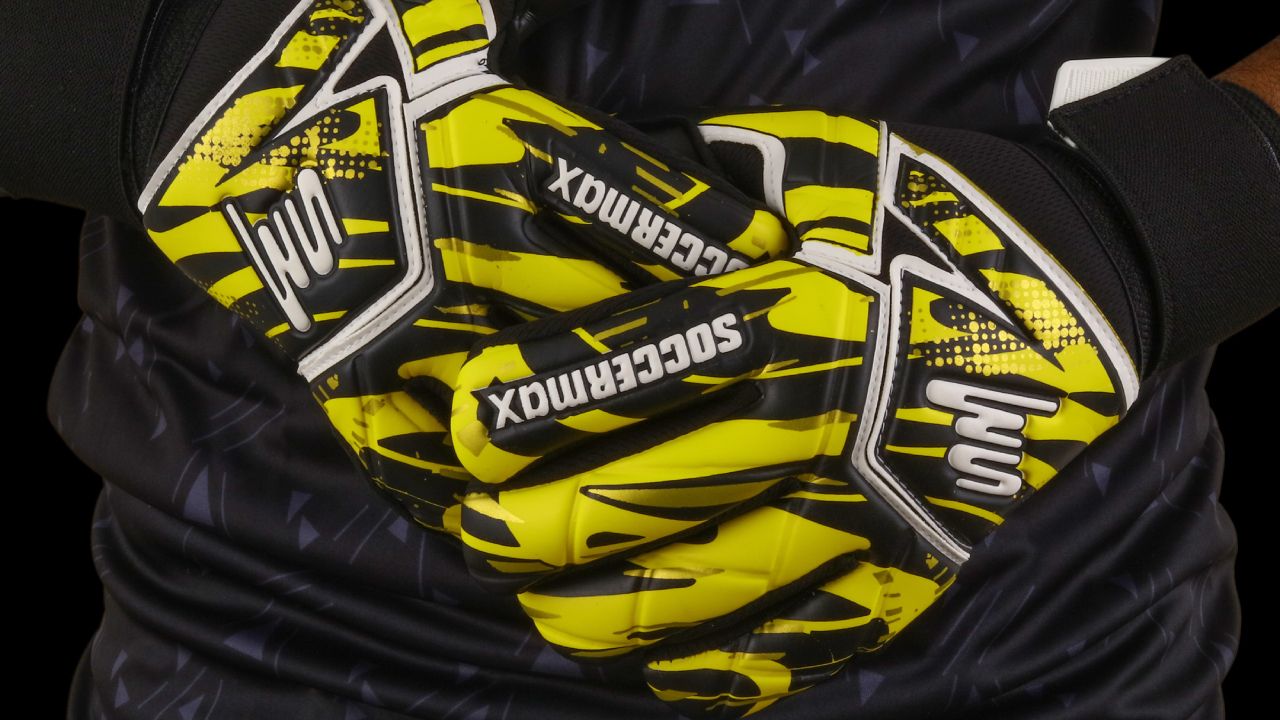In the world of football, goalkeepers hold a unique position, requiring a blend of agility, precision, and bravery. The role demands a dynamic range of skills, from defending the goalpost to contributing actively to the team’s strategic play. Among the many tools at a goalkeeper’s disposal, head guards have emerged as a vital asset, not just for protection but also for enhancing overall performance on the field.
Evolution of Head Guards in Football
A. Historical Headgear in Sports
Looking back through history, head protection in sports has taken various forms, from cloth wrappings to rudimentary leather caps. These early adaptations aimed at offering symbolic rather than functional protection, lacking effectiveness against significant impacts.
B. Introduction of Football-Specific Head Gear
The evolution of headgear in football was a response to the sport’s intensifying physical demands and the associated risks. Headguards tailored for footballers emerged as a means to prioritize player safety while ensuring optimal performance.
C. Types of Available Head Guards
- Padded Headbands: Early forms of protection featuring basic cushioning for the forehead but limited impact absorption.
- Full Head Helmets: Comprehensive headgear providing extensive coverage and advanced impact-absorbing capabilities, commonly favored by goalkeepers.
Technological Advancements
Innovations in materials and design have revolutionized headguards. Shock-absorbing foams, reinforced plastics, and ventilation systems now combine protection with comfort, while smart technology aids in real-time injury assessment.
Addressing Head Injury Risks
The physical demands of goalkeeping elevate the risk of head injuries, impacting immediate performance and long-term career prospects. Prioritizing head protection through head guards is imperative for sustained success in the sport.
Benefits of Head Guards
A. Reducing Injury Risks
Head guards significantly diminish head injury risks, ensuring goalkeepers can consistently perform at their peak, contributing to team success while maintaining their well-being.
B. Empowering Performance
- Improved Aerial Dominance: Fearlessness in challenging crosses and effective punching and catching.
- Aggressive Shot-Stopping: Diving with confidence to save headers.
- Commanding the Penalty Area: Assertive presence during set pieces, corners, and crowded situations.
Conclusion
Head guards stand as more than mere protective gear; they are enablers of a goalkeeper’s confidence, prowess, and performance. Embracing these advancements doesn’t just prioritize safety but elevates a goalkeeper’s ability to assert their presence on the field.


